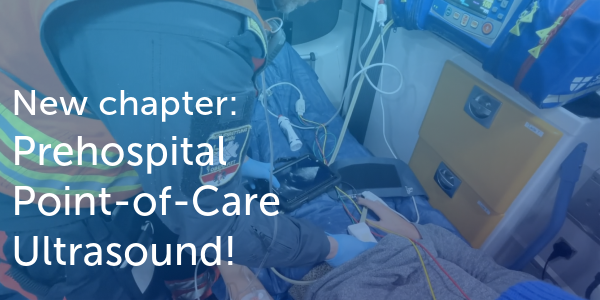5.2 Definition of dilated cardiomyopathy
The definition of dilated cardiomyopathy is based on morphologic and functional criteria. Dilated cardiomyopathy is a condition rather than a disease. It is characterized by an enlarged left ventricle and impaired contractile function. Dilated cardiomyopathy is primarily a myocardial disease. Its etiology is multifactorial and includes infection, toxicity, immunological processes, and genetic causes. The diagnosis of “true” dilated cardiomyopathy can be established only when other etiologies that mimic dilated cardiomyopathy have been ruled out. These include coronary artery disease, hypertension, valvular heart disease, and congenital heart disease. In particular, dilated cardiomyopathy must be distinguished from ischemic cardiomyopathy, which is not a primary myocardial disease but a disease of the coronary arteries, in which infarction and scarring of the heart reduce left ventricular function and left ventricular dilatation. As dilated and ischemic cardiomyopathy share many common features, they are often discussed together. Specific features of ischemic cardiomyopathy will be discussed in the chapter on coronary artery disease.
Video Platform Video Management Video Solutions Video Player Video Platform Video Management Video Solutions Video Player Example of ischemic (left) and dilated cardiomyopathy (right). The patient with ischemic cardiomyopathy has a scar and akinesia of the apex and the septum. “Global left ventricular dysfunction” in the patient with dilated cardiomyopathy Dilated cardiomyopathy may also be observed in patients with cardiovascular disease. However, in these cases the extent of myocardial dysfunction cannot be entirely explained by ischemic damage.Echocardiography is not always sufficient to distinguish between dilated and ischemic cardiomyopathy, because both types are associated with “regional wall motion abnormalities.” In addition, the remodeled ventricle in ischemic cardiomyopathy may demonstrate a more global pattern of left ventricular dysfunction.
Video Platform Video Management Video Solutions Video Player A patient with dilated cardiomyopathy (normal coronary angiogram) and regional differences in contractility. Note that the contractility of the inferior wall is less than that of the anterior wall Video Platform Video Management Video Solutions Video Player EA patient with uncontrolled severe hypertension. In contrast to dilated cardiomyopathy, the ventricle is smaller and the patient has significant left ventricular hypertrophyDilated Cardiomyopathy can be classified as either primary or secondary. Primary cardiomyopathies consist of disorders solely or pre- dominantly limited to the heart muscle (i.e. genetic, non-genetic, or acquired causes). Secondary cardiomyopathies are disorders where myocardial damage and contractile dysfunction is the result of systemic or multi-organ disease (i.e. systemic lupus erythematosus, mixed connective tissue disease, and systemic sclerosis).
Dilated Cardiomyopathy is defined as a myocardial disease which leads to reduced contractile function and left ventricular dilatation.Dilated cardiomyopathy may be either primary or secondary. In primary cardiomyopathies the disorder is entirely or mainly confined to the heart muscle (i.e. genetic, non-genetic, or acquired causes). In secondary cardiomyopathies, myocardial damage and contractile dysfunction is a result of systemic or multi-organ disease (i.e. systemic lupus erythematosus, mixed connective tissue disease, or systemic sclerosis).
Dilated cardiomyopathy is defined as a myocardial disease which leads to reduced contractile function and left ventricular dilatation.